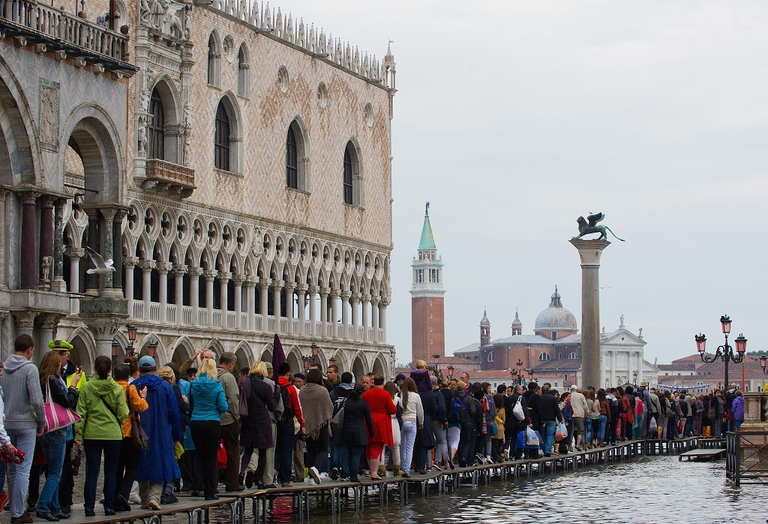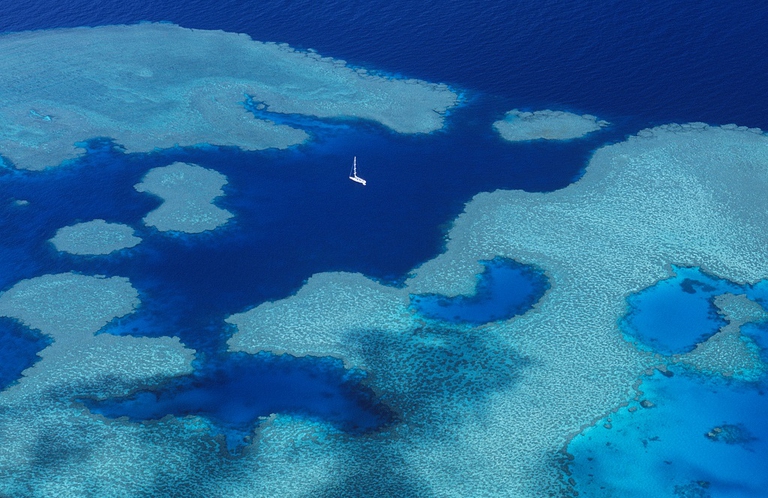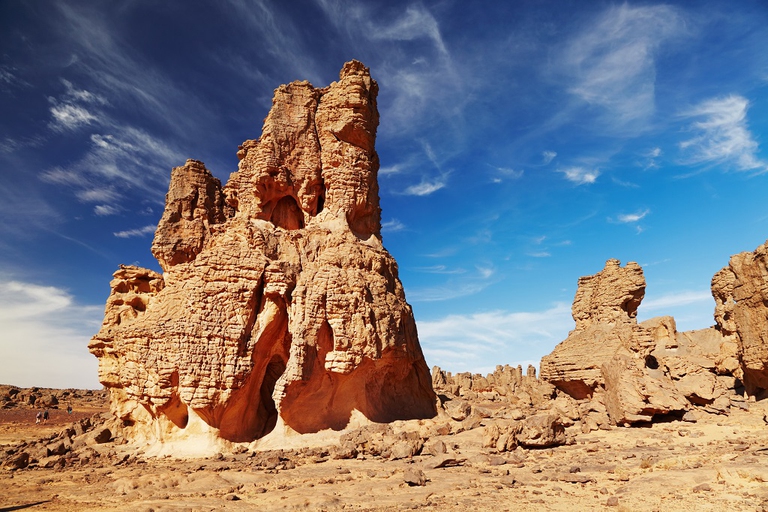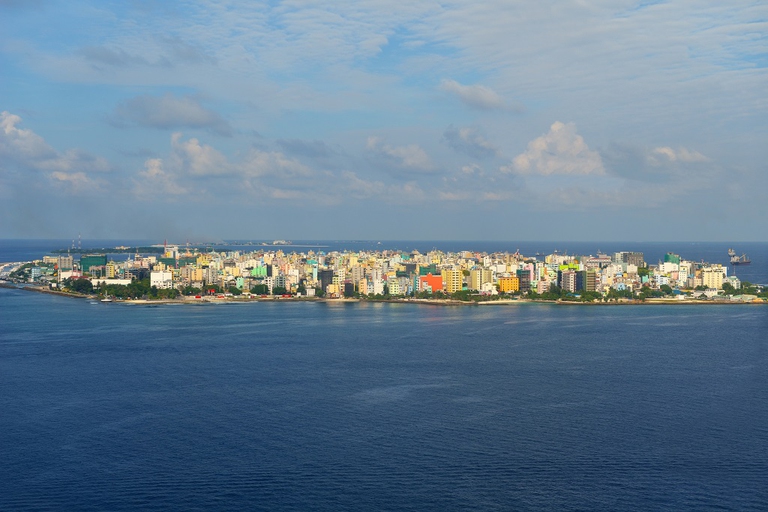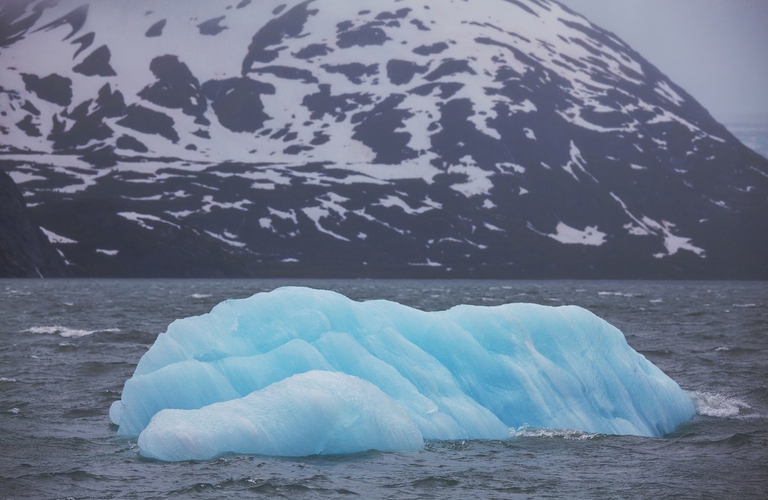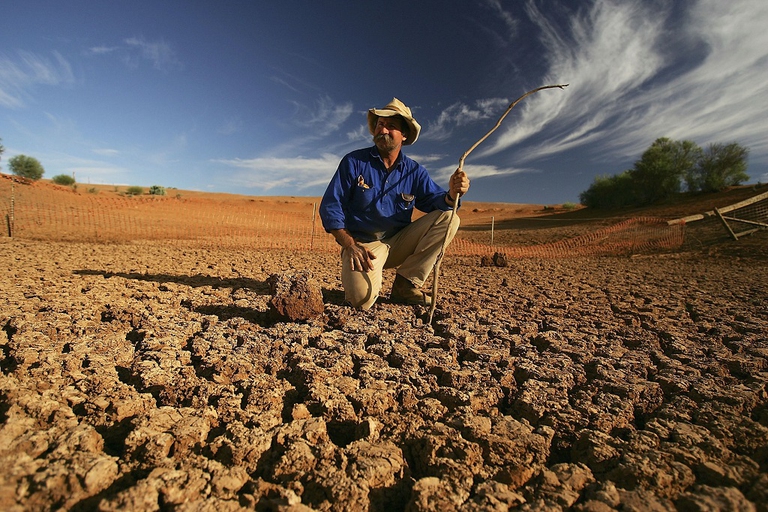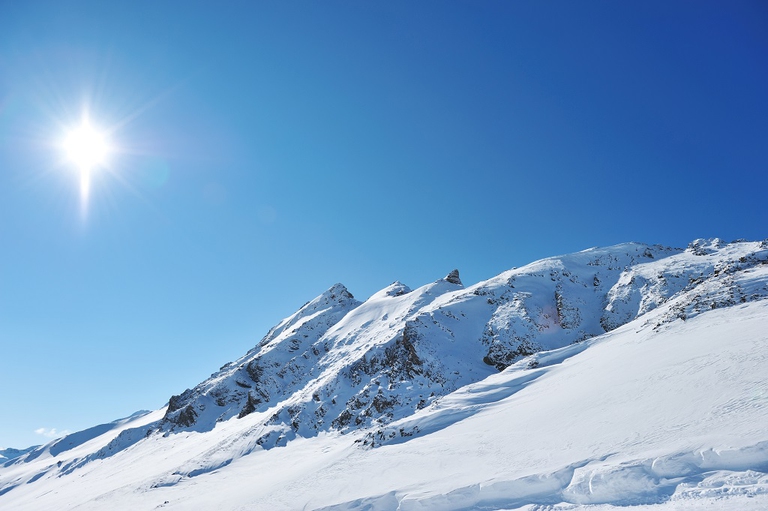
A group of experts in Tokyo suggested pouring radioactive water from Fukushima into the open sea. A marine biochemist explains the consequences of this absurd decision.
According to Mother Nature Network, these are the top 10 extraordinary places to visit before they vanish, as they’re threatened by desertification, sea level rise and extreme weather events caused by climate change. Glacier National Park, United States The Glacier National Park, Montana, United States. About 100 years ago, the park was home to 150 glaciers. Now there are only 27
According to Mother Nature Network, these are the top 10 extraordinary places to visit before they vanish, as they’re threatened by desertification, sea level rise and extreme weather events caused by climate change.
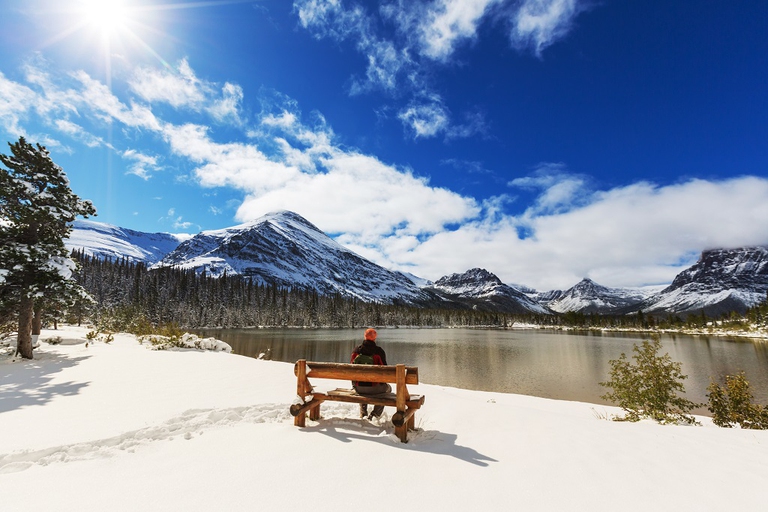
The Glacier National Park, Montana, United States. About 100 years ago, the park was home to 150 glaciers. Now there are only 27 left, and they are likely to disappear by 2030. This means that plants and animals populating the park are threatened too.
The picture shows what is becoming the normality in St. Mark’s Square (Piazza San Marco). During the flooding in November 2009, the sea level reached 131 centimetres. Periods of high water are becoming longer and more frequent year after year. A “dry” Venice will be an exception?
The Australian Great Barrier Reef is so majestic that it can be seen from space. However, ocean acidification and coral bleaching is rapidly destroying what Mother Nature has been offering us for over 8,000 years.
Sahara is one of the world’s largest deserts. Figures show how it is expanding at a rate of 0.5 km per month, altering the environment of the entire African continent.
The Maldives are the world’s “lowest” country: the highest point is 2.3 metres above sea level. If oceans level keeps rising, these islands could be submerged.
The South American wonderful region could be soon altered by climate change. Glaciers are threatened by temperature rise and rainfall decrease.
Bangladesh is at risk, too. The Asian country is located in the eye of the storm. Monsoons and floods led to an increase of the sea level of 1 metre.
Temperature rise is affecting Arctic regions at a double rate compared to the world average. In Alaska this means permafrost melting and damages to its ecosystem, the tundra.
Desertification is also affecting Southern Australia: water availability is rapidly dropping, threatening agriculture and citizens’ lives.
The Alps are gradually losing their glaciers, which could disappear by 2050, leading many ski resorts to reduce the skiing season.
Siamo anche su WhatsApp. Segui il canale ufficiale LifeGate per restare aggiornata, aggiornato sulle ultime notizie e sulle nostre attività.
![]()
Quest'opera è distribuita con Licenza Creative Commons Attribuzione - Non commerciale - Non opere derivate 4.0 Internazionale.
A group of experts in Tokyo suggested pouring radioactive water from Fukushima into the open sea. A marine biochemist explains the consequences of this absurd decision.
The decline in grey and humpback whales in the Pacific and Atlantic Oceans has been traced to food shortages caused by rising ocean temperatures.
The United Nations has launched a major international alliance for ocean science, undertaking a mission close to all our hearts.
The cargo ship that ran aground off the coast of Mauritius on 25 July, causing incalculable damage, has split in two and its captain has been arrested.
The largest coral reef in the world is severely threatened by climate change, but researchers are developing strategies that could contribute to saving the Great Barrier Reef.
Seychelles have extended its marine protected area, which now covers over 400,000 square kilometres, an area larger than Germany.
Norwegian oil giant Equinor had pulled out of drilling for oil in the Great Australian Bight, one of the country’s most uncontaminated areas. A victory for activists and surfers who are now campaigning for the area to be protected forever.
30 per cent of the planet needs to be protected to stop precipitous species decline. The UN has set out its aims for the the COP15 on biodiversity scheduled for Kunming, China in October.
Ocean warming has risen to record highs over the last five years: just in 2019 the heat released into the world’s oceans was equivalent to that of 5-6 atomic bombs per second. The culprit, no doubt, is climate change.
